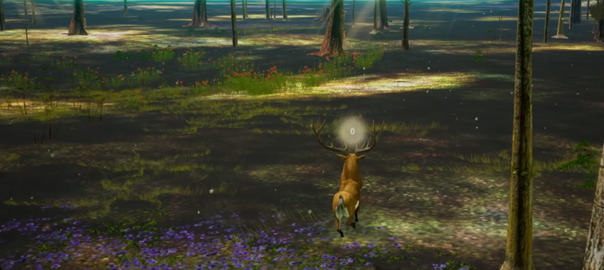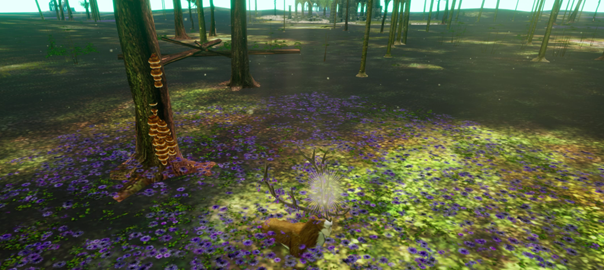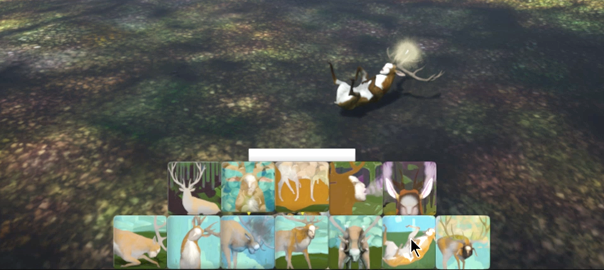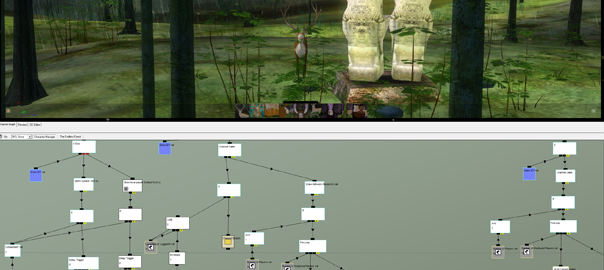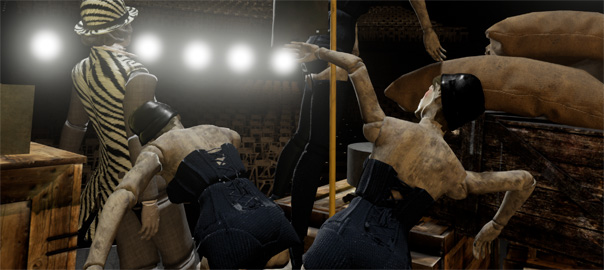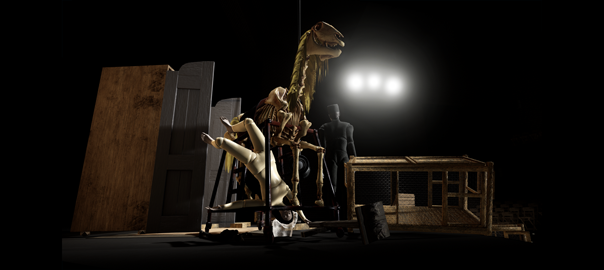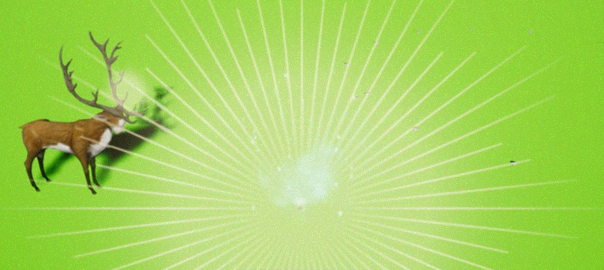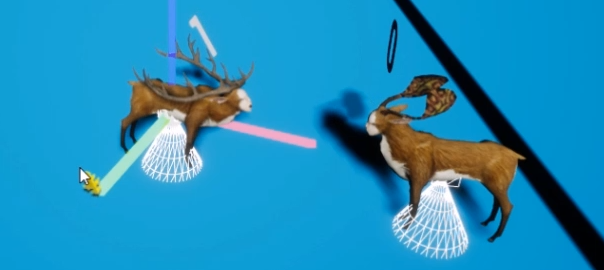The very gifted Thomas Viloteau has shared some of his at times original approach to learning and improving classical guitar playing in his booklet “In the black box”. It can be downloaded from his website. I found it a refreshing and inspiring read. Here’s some of the tips I found most memorable and helpful, in order of relevance to me, at this point in my studies.
Most technical mistakes will be corrected with better placement of the left hand.
The hand should stay parallel to the neck so that the fingers are perpendicular to the strings.
Like many others, I am inclined to move the left hand into some weird angles when I’m not paying attention. The result is often awkwardness and mistakes when moving fingers or shifting position. And indeed, very often the problem is greatly alleviated by taking care to position the hand perpendicular to the neck. The extra stretching that this sometimes requires is often worth the effort because it greatly improves fluency of playing.
Achieve a certain slowness of movement in the left hand (through preparation). Move the fingers at constant speed.
When I move from one position to another in a sort of panic to keep up with the tempo I now know I’m doing it wrong. The trick is to find a way for your fingers to gently walk across the fretboard. So much so that if playing doesn’t feel calm and leisurely, I know I haven’t mastered a passage yet.
You should be able to produce the same tone playing free stroke or rest stroke. If the rest stroke sounds too different from the free stroke, it means that the attack is not controlled. The free stroke attack should imitate the movement of the rest stroke one.
I have a lot of trouble with this. I love playing rest stroke. But ever since Hubert Käppel pointed out to me that the rest stroke is becoming increasingly rare in modern playing, I have been trying to play free stroke as much as possible. I am still very far removed from being able to produce the same sound as with a rest stroke but it’s a clear goal to strive towards. I think my nails are still too long to imitate the rest stroke with a free stroke.
Never try to play the piece a tempo before having integrated the fingerings securely.
Do not make mistakes. When repeating a passage, it should be played perfectly every time.
I am always eager to hear the music, to play through the entire piece to experience its emotional impact. But it takes me ages to master a piece. Indeed I hesitate to say that I have mastered any single piece that I have ever learned. And I think the reason is that I move on too quickly. I need to stick to passages and slow down the playing speed to a point where I can indeed play it in the correct rhythm without making mistakes. A nice rule of thumb that I read somewhere else is to never proceed before you can play a passage perfectly five times in a row. It’s surprising how hard this is!
Staying alert is more effective than repeating a movement over and over again. If you feel tired or not focused, stop or take a break.
I often play in the evening, or after eating. Moments when I tire easily. That’s a bad idea. Thomas Viloteau’s method focuses greatly on efficiency. It’s better to not play when you feel tired. I also try to switch between pieces and passages more now. Simply continuing to repeat the same thing until I get it right is tempting but in the end it doesn’t work for me. Progress needs to be gradual.
The musician gives life to a piece, like an actor does to a role.
There’s two very distinct ways of practicing for me: keeping strict tempo and allowing expression through rubato. Sadly, for me, as I feel more emotional, my accuracy declines, even to the point of forgetting parts of the score completely. Maybe the idea of acting a piece is a good compromise. It’s not about self-expression, or about my emotions. It’s about playing the role, shaping, breathing life into the music. But with a certain distance. Sometimes it helps to pretend I’m somebody else, another musician, and to imitate, not so much his or her sound, but their approach, their attitude.
The legs can contract to lift the guitar up to play in the higher positions.
One of the reasons why I prefer playing with a foot rest rather than a more ergonomic support is the fuller body contact with the instrument. A support forces me to some extent to play only with my hands in a rather stiff position (somewhat essential to avoid pain when playing long sessions). But with a simple footrest I can feel more united with the guitar and move organically along with the playing.
The upper side of the guitar should be directly under the chin.
This is a useful reference when checking my posture in the mirror or deciding on the position of the support. When the upper side of the guitar is directly under the chin and I hold the instrument at a 45 degree angle, the sound hole is over my heart, where it belongs.
The left hand should not need to grip the neck but should instead rest on it.
I tend to squeeze my left hand too strongly on the neck, especially when playing forte. So this is a good thing to watch out for.
To shift position move the elbow first, and look ahead where the hand is going.
This simple idea of looking ahead has helped me a lot already! I don’t know why but I often just move my left hand and sort of hope for the best, I guess. But just looking at the position on the fretboard where the hand needs to end up before doing the shift almost guarantees correctness.
Keep the barré perfectly still while the other fingers play.
This is very difficult for me. But it makes a lot of sense. So I work on this.
In ascending slurs, speed is more important than force.
Using force requires us to move the finger further away from the fretboard. Something to be avoided. But I’m having trouble with achieving sufficient speed to make the note ring loud enough. Not sure how they do it.
To avoid scratches when shifting position, put the finger on its side (lay it down to the right when shifting to a higher position or to the left when shifting to a lower one). To avoid scratches when lifting fingers, lift the finger straight up from the string before it starts moving.
Putting the finger on its side doesn’t work too well for me yet. It’s often hard to do and I seem to have calluses everywhere so it’s difficult to find a more fleshy spot on my fingers with which to slide over the strings. For now, when shifting, I simply lift any fingers from the bass strings to avoid scratching. I used to have a lot of trouble with noises made by lifting my fingers. But making sure I lift them up straight, and before they start moving to another position, really helps a lot. I just need more practice. I agree with Thomas that it is quite possible to virtually eliminate scratching sounds.
Keep a finger on a string that is not played to keep the right hand stable. In most cases this will be done by the thumb, but the i, m and mostly a can be used as well. Keep the same spacing between the resting thumb and the other fingers: keep it as close as possible to i, m and a.
This is very useful now that I am trying to play more free stroke. The rest stroke has stability built in to some extent.
A too round entry point of the nail causes scratches when playing in the basses.
Longer nails are easier to play with since the attack doesn’t need to be as precise, while shorter nails can give more control for tone production.
When I shape my nails to play the treble strings well, I need to turn my hand in order to avoid scratching on the bass strings. I intend to start playing with shorter nails but I’m shortening them gradually in order to not need to relearn tone production if switching too abruptly.
A brief contact with the flesh is essential when attacking the string because the nail cannot transmit information to the brain regarding the attack and the strings.
This is a very curious point. My teachers always advise in favor of using some flesh for tone production, famously contradicted by Hubert Käppel in his “bible”. But to require flesh because the nerves in it improve the contact with the brain is an interesting thing to keep in mind.
Do not wait until you think you’ve mastered the piece to play for one or two people. Having someone with a fresh ear listen to you is probably the best way to get better.
Ah. My Achilles heel. I only really want to play for myself. But I realize now that playing for others greatly helps progress. To learn how to deal with nerves helps to develop a more efficient approach to studying as well. But I don’t want to bother other people.
Thomas Viloteau also dedicates a considerable amount of space to relaxation techniques before a concert. Very helpful! And his analysis on how guitar competitions are won is greatly illuminating, even if it sounds sadly somewhat cynical.
All in all a super useful read for an amateur player like me. I’m very grateful that Thomas Viloteau shared all of this with us. Highly recommended!
―Michaël Samyn.
